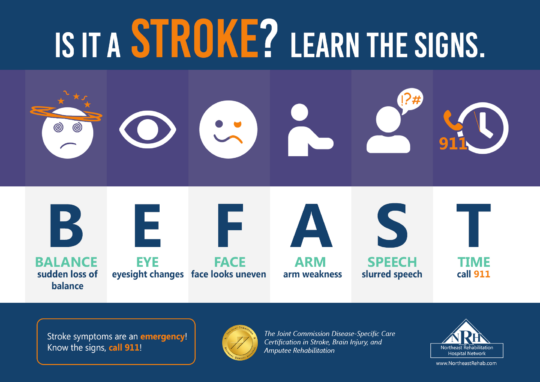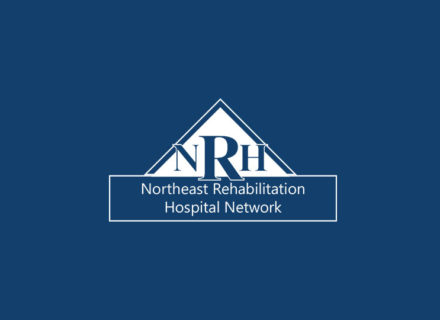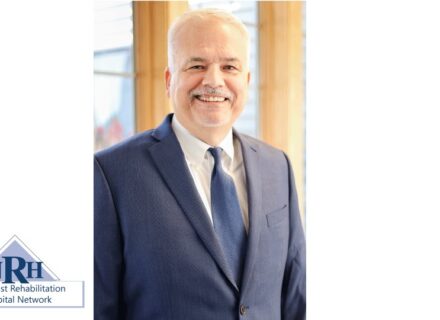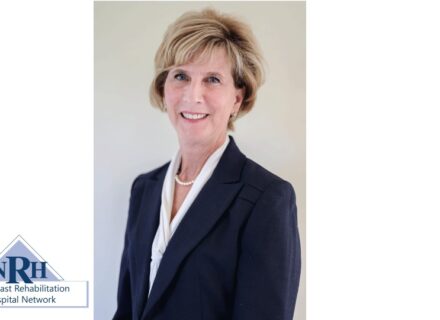Know the Signs and Symptoms of a Stroke: BE FAST
Know the signs and symptoms of a stroke: BE FAST. May is Stroke Awareness Month and according to the American Stroke Association, a division of the American Heart Association, stroke is the No. 5 cause of death and the leading cause of disability in the United States. Yet 80% of strokes are preventable. Be informed and BE FAST when it comes to recognizing a stroke and seeking care.
A stroke is a sudden disorder of the blood supply to the brain and it can cause irreversible damage and disability. If a loved one is showing signs of a stroke try to identify when the symptoms started and communicate this to the Emergency Response Team. Sharing this information is essential because life-saving treatments are only available for a short period of time after the onset of stroke symptoms. When given in a timely manner, these treatments could improve recovery. You’ll also want to ask the Emergency Response Team to take your loved one to a certified stroke treatment center.
Know the Signs and Symptoms of a Stroke
You’re likely familiar with the F.A.S.T acronym but you may not have heard about BE FAST It’s another way to recognize all of the signs and symptoms of a stroke while also reminding you to act quickly if you suspect a stroke.

B.E. F.A.S.T.
- B: BALANCE – sudden loss of balance, staggering gait, severe vertigo
- E: EYES – sudden loss of vision in one or both eyes, onset of double vision
- F: FACE – uneven or drooping face, drooling, ask the patient to smile
- A: ARM (LEG) – loss of strength or sensation on one side of the body in the arm and/or leg
- S: SPEECH – slurring of speech, difficulty saying words or understanding what is being said, sudden confusion
- T: TIME – act quickly and call 911 immediately
Stroke is an emergency. If a stroke is suspected, call 911 immediately and ask to be taken to a certified stroke treatment center!
Should you or a loved one experience a stroke, continued care may be needed for the best chance at recovery. The hospital team will explain your post-hospital care options. Whenever possible, the American Stroke Association strongly recommends that stroke patients continue their treatment at an inpatient rehabilitation facility rather than a skilled nursing facility. While receiving care at Northeast Rehabilitation Hospital’s Stroke Rehabilitation Center, a patient participates in at least three hours of rehabilitation a day, five days a week, with a multidisciplinary team of physical, occupational and speech therapists. This team also includes specialized rehabilitation nursing and medical care from physicians.
You can Reduce Your Risks of Stroke with Life’s Essential 8™ from the American Heart Association
Manage your risk for a stroke and other diseases today. Here are some tips from to help you and your family live your best life.
- Eat Better (eat a healthy balanced diet with fruits and vegetables, reduce salt)
- Be More Active (exercise and move regularly)
- Quit Using Tobacco
- Get Healthy Sleep
- Manage Your Weight
- Control Your Cholesterol (reduce saturated and trans fats)
- Reduce Blood Sugar
- Reduce Your Blood Pressure
If you have concerns or are not sure about your risk, speak with your primary care physician and encourage your loved ones to do the same. Limiting alcohol consumption and taking medications as prescribed can also help.
Communication is essential for everyone’s health and safety. When you are speaking with healthcare providers ask three specific questions to help you better understand your health risks, conditions and what you or your loved one needs to do to stay healthy:
- What is my main problem?
- What do I need to do?
- Why is it important for me to do this?
Know the signs and symptoms of a stroke and incorporate Life’s Essential 8™ to help manage your risk.



